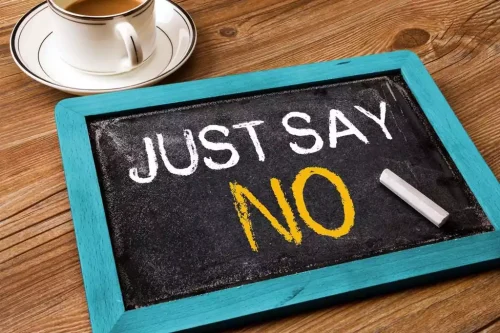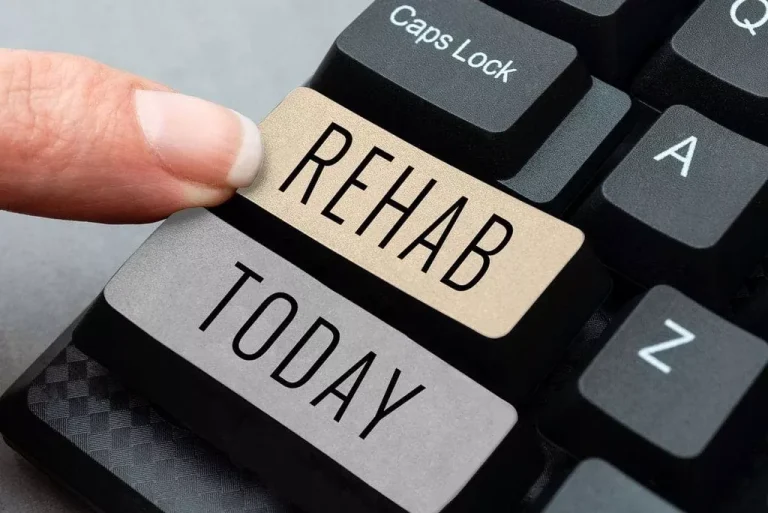
You consent to receive SMS notifications and promotions from Paid Advertiser. The syndrome often incorporates deleterious cognitive changes, which impair normal academic and professional functioning. By definition, PAWS is linked with memory problems, alcoholism symptoms inability to think lucidly, and lack of initiative. Worryingly, the research suggests that many of us are under-sleeping by at least an hour a night – that’s a whole night’s sleep per week.
Understanding Co-Occurring Disorders

If these people do not learn alternative healthy coping mechanisms, they will naturally fall back to their old ways. They respond to stress by reaching out for a drink because that’s how they have “learned” to cope with it. Post-acute withdrawal syndrome is characterized by a persistent deficit in various areas of functioning. In contrast, acute withdrawal syndrome is marked by intense craving and physical side effects such as tremor, nausea, and flu-like signs. PAWS symptoms can last for a few days for each, and patients can suffer from it for a year after quitting alcohol.
- It’s possible for it to be unsafe to drive even after one drink, so it’s always best to be cautious in these situations.
- Surely non-alcoholic wines taste just like the real thing because they start out just like the real thing.
- Next, the alcohol in the blood will make its way to the liver, where it’ll get metabolized and prepared for elimination from the body.
Join our addiction treatment communities
This article is not intended to what does being drunk feel like be a substitute for professional medical advice. Always seek the advice of your physician or other qualified health provider with any concerns you may have regarding your alcohol consumption. “Firstly, ask yourself, ‘What kind of life do I want to live and how does alcohol fit into it?'” advises Willoughby. Maybe you want to achieve more during your weekends, or have more control over the amount you drink. Actively considering all these things, rather than continuing to blindly reach for a pint after a stressful day at work, is a great first step.
- Like the previous myths, exercising and movement may wake you up a bit, but it won’t make alcohol leave your system faster.
- For that reason, simply quitting substances without changing one’s lifestyle or other behaviors and thought processes simply isn’t enough.
- The CDC suggests a maximum of 2 drinks per day for men and only one drink per day for women.
- Taking away the substance doesn’t fix the problem that the addict or alcoholic was trying to solve through the use of the substance in the first place.
- Inner ear infections may at times be the reason for feeling drunk without actually drinking.
Reasons Why You Feel Drunk Without Drinking
Inpatient rehab for alcoholism is designed to provide comprehensive medical and psychological support during withdrawal. Treatment teams will work together to create an individualized detox plan that considers the individual’s AUD severity, co-occurring mental health issues, and medical history. They will also provide emotional support and therapy to help individuals address the root causes of their addiction and manage any withdrawal symptoms that may arise. The answer can vary widely based on several factors that affect how long alcohol stays in your system. After a night of drinking, you may feel drunk for just a few hours, but the lasting impact can stretch much further. When you consume an alcoholic beverage, it raises your blood alcohol concentration (BAC), which is influenced by how quickly alcohol is metabolized in your body.


The promise of sobriety is that “the way I feel stone-cold sober, even on my worst days ever … I would never trade to feel the effects of a drug and drink again,” our alumna said. If these concerns resonate with you, remember that sobriety doesn’t happen overnight—even if you try to rush it. Within the safety and supports of a trusted rehab program and sober peer community, many people come to like and love the person they are when drugs and alcohol aren’t in the picture.

Benefits of Residential AddictionTreatment
Untreated alcoholism is a significant public health concern in the U.S., but many individuals can benefit from treatment, regardless of severity. While traditional 30-day rehabs and 12-Step programs are well-known, there are numerous other effective treatments available. These include behavioral therapies, such as individual and group counseling, medications to ease withdrawal symptoms, and mutual support groups like Alcoholics Anonymous (AA).

The Best Free Sober Apps for a Holistic Sobriety Lifestyle
Enabling means shielding them from consequences or making excuses for their behavior. Support comes in the form of listening and setting boundaries,” explains Dr. Stacy. For someone to contribute to their partner’s success, however, they need to understand what to expect on the road to recovery. It’s important to understand how to support your partner with what they’re going through, how to develop your own boundaries, and how to create a supportive environment for both of you. Rachel Goldman, PhD FTOS, is a licensed psychologist, clinical assistant professor, speaker, wellness expert specializing in eating behaviors, stress management, and health behavior change. Infused with a naturally warm and empathetic demeanor, Kathryn leverages her enduring enthusiasm for behavioral health and diverse therapeutic modalities in the realm of recovery.
